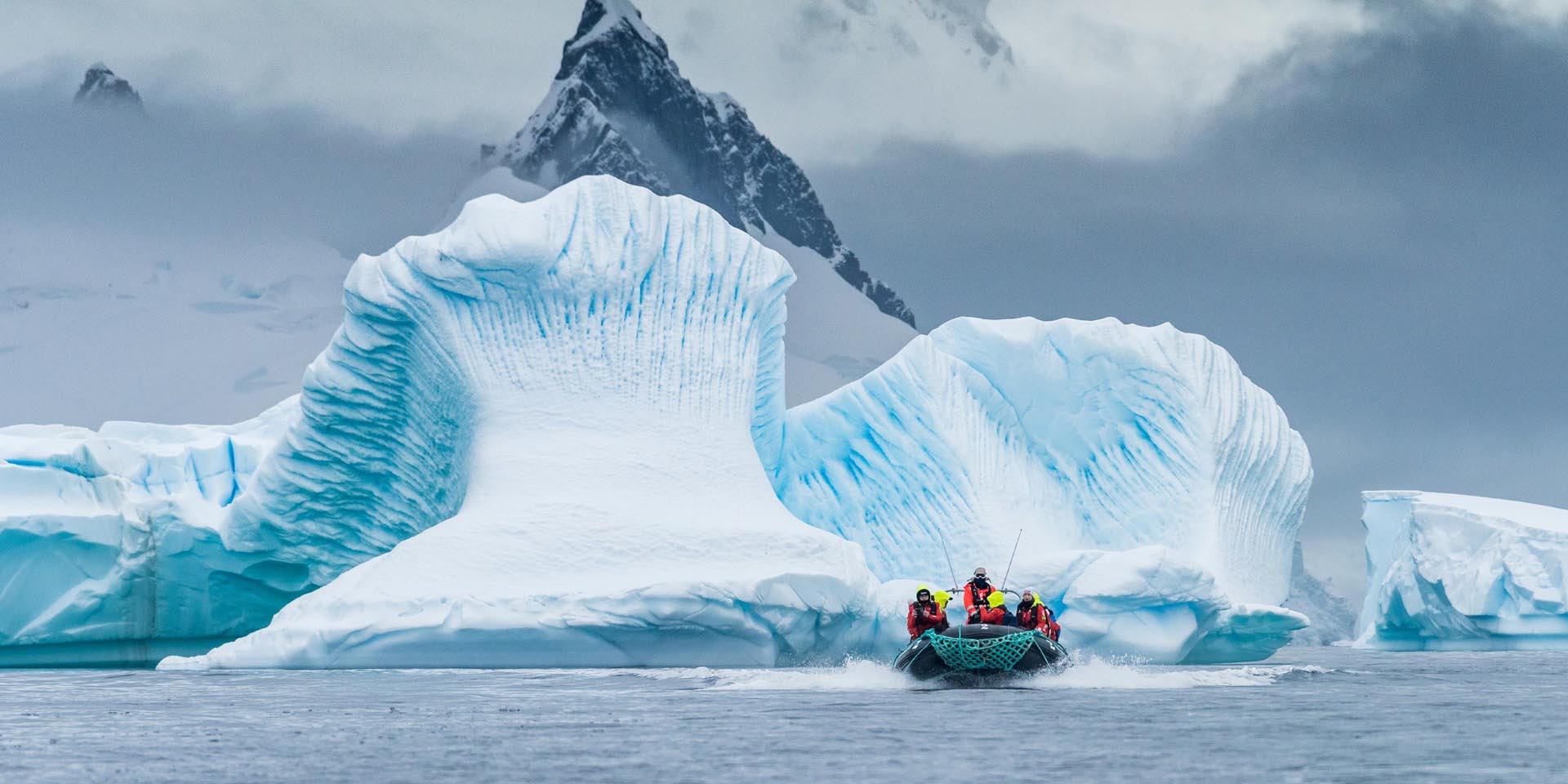Antarctica’s got this pull—icy, otherworldly, and still mostly unspoiled. Massive blue glaciers tumble into the sea, penguins shuffle around the rocks, and the snow just keeps going, seemingly forever. If you’re lucky enough to set foot here on a cruise, you’re not just ticking off another destination—you’re joining a tiny club of travelers who want something way beyond the usual.
Antarctica is the ultimate wild frontier, offering adventure travelers an experience that rewrites the meaning of “unforgettable.” Sailing past icebergs the size of city blocks, catching whales as they break the surface—these are the kinds of moments that really stick with you. Zipping around in Zodiacs, you might find yourself eye-to-eye with a curious seal or stumbling upon a weathered expedition hut, which just dials up the sense of discovery.
You can dig into essential prep and the best timing for trips at the Antarctic travel guide provided by the International Association of Antarctica Tour Operators (IAATO). Honestly, expect your expectations to get tossed out the window—Antarctica’s raw beauty and wild energy offer a kind of adventure that’s impossible to copy elsewhere.
Antarctica: The Ultimate Wild Frontier for Adventure Travelers
Heading to Antarctica drops you into a place where nature sets all the rules. The distance, the wild weather, the sheer amount of life—it all combines to make every day feel like a fresh adventure, sometimes in ways you didn’t see coming.
Legendary Wildlife Encounters Amid Pristine Icescapes
Here, wildlife isn’t just a sideshow—it’s everywhere. Emperor and gentoo penguins crowd the icy beaches, their calls bouncing off the snow. You’ll probably spot Weddell or crabeater seals lounging around, barely noticing you at all.
Humpback whales sometimes leap out of the water, while skuas and giant petrels circle overhead. Because there’s almost zero human footprint, the animals act like, well, animals—untamed and a little mysterious. The endless white backdrop turns even the smallest encounter into something memorable.
Epic Expeditions: Zodiac Cruises and Sea Kayaking
Every zodiac ride and kayaking trip is an adrenaline rush in its own way. With guides who know the ice like the back of their hand, you’ll slip between floating ice chunks, reaching places the big ships can’t. These nimble boats get you right up close to blue glaciers that creak and shift as you watch.
Kayaking? It’s pure magic. You glide quietly over glassy water, sometimes with a seal popping up to check you out. The only sounds are your paddle and the ice drifting by. It’s here that Antarctica’s wild, unpredictable, and jaw-dropping personality really comes out.
Immersive Exploration: Setting Foot on Remote Islands
Walking on Antarctic soil changes your whole perspective. You land on isolated islands, crunching over snow and ice, maybe stumbling onto old whaling stations frozen in time. It’s a strange feeling—like you’re stepping into a world that’s barely changed since explorers first arrived.
Jagged cliffs, patches of moss, and even black volcanic sand beaches break up the endless white. Strict rules protect this fragile place, so every step feels like a privilege. If you want to see it all in comfort, a cruise to Antarctica is probably your best bet—easy access, but still wild at heart.
Capturing Untamed Beauty: Photography and Storytelling
If you’re into photography or just love a good story, Antarctica’s light is honestly unreal. One minute it’s crystal clear, the next it’s all mist and snow. Wildlife shows up against backdrops that seem almost staged—penguins on sculpted ice, a lone seal in the golden evening light.
Bring a flexible camera setup so you’re ready for anything—a whale’s tail, sunlight on an ice arch, a sudden storm rolling in. Sharing these shots and stories isn’t just about bragging rights; it’s a way to connect others to this last wild place. Want pro photography tips? National Geographic has you covered.
Preparing for the Journey to Earth’s Last Untouched Realm
Antarctica’s not the kind of place you just show up for. Careful prep—from the right gear to protecting the environment—makes the whole experience better, safer, and, honestly, more meaningful.
Essential Gear for Polar Expeditions
Packing takes some thought—weather flips fast, from blazing sun to biting wind and sideways sleet. Start with a waterproof parka, solid base layers, and gloves that actually keep your fingers warm. Skip cotton, trust me—it gets wet and cold quick. For boots, go for insulated and waterproof with good grip; you’ll thank yourself later.
Don’t forget the little stuff: a face mask with UV protection, high-SPF sunscreen (the glare is real), and polarized sunglasses. A beanie and neck gaiter help hold in the heat. Toss your electronics in dry bags and pack a tough backpack for your camera, binoculars, and whatever else you can’t leave behind.
Most expedition cruises hand out jackets or boots, but you’ll want your own personal gear too—always check the operator’s list. For more detailed advice, check out Traveling to Antarctica: How to Prepare or these smart packing recommendations.
Sustainable Travel in Fragile Ecosystems
Antarctica’s ecosystem is home to some truly remarkable biodiversity, but honestly, it’s incredibly fragile. Even the smallest, most mindful choices can make a difference in protecting what’s often called Earth’s final frontier. Try swapping out regular toiletries for biodegradable ones, and bring a refillable water bottle—single-use plastics just don’t belong here. Before each shore landing, take a moment to really scrub and disinfect your boots; you don’t want to be the person who accidentally introduces something invasive.
Stick to wildlife distance rules—feeding seals, birds, or any animal isn’t just discouraged, it’s a bad idea. Watching quietly is way more rewarding anyway, and you’re less likely to interrupt their routines. Don’t skip the environmental briefings on board; they’re not just formalities, and you’ll probably pick up something new.
If you’re choosing a cruise, look for companies that actively support scientific research and conservation. Membership in the International Association of Antarctica Tour Operators (IAATO) is a good sign—they’ve got some pretty tough environmental standards. Ideally, you’ll leave nothing but footprints (and, well, memories). Curious about what else you can do? The World Wildlife Fund has a bunch of solid info on protecting the polar regions.



